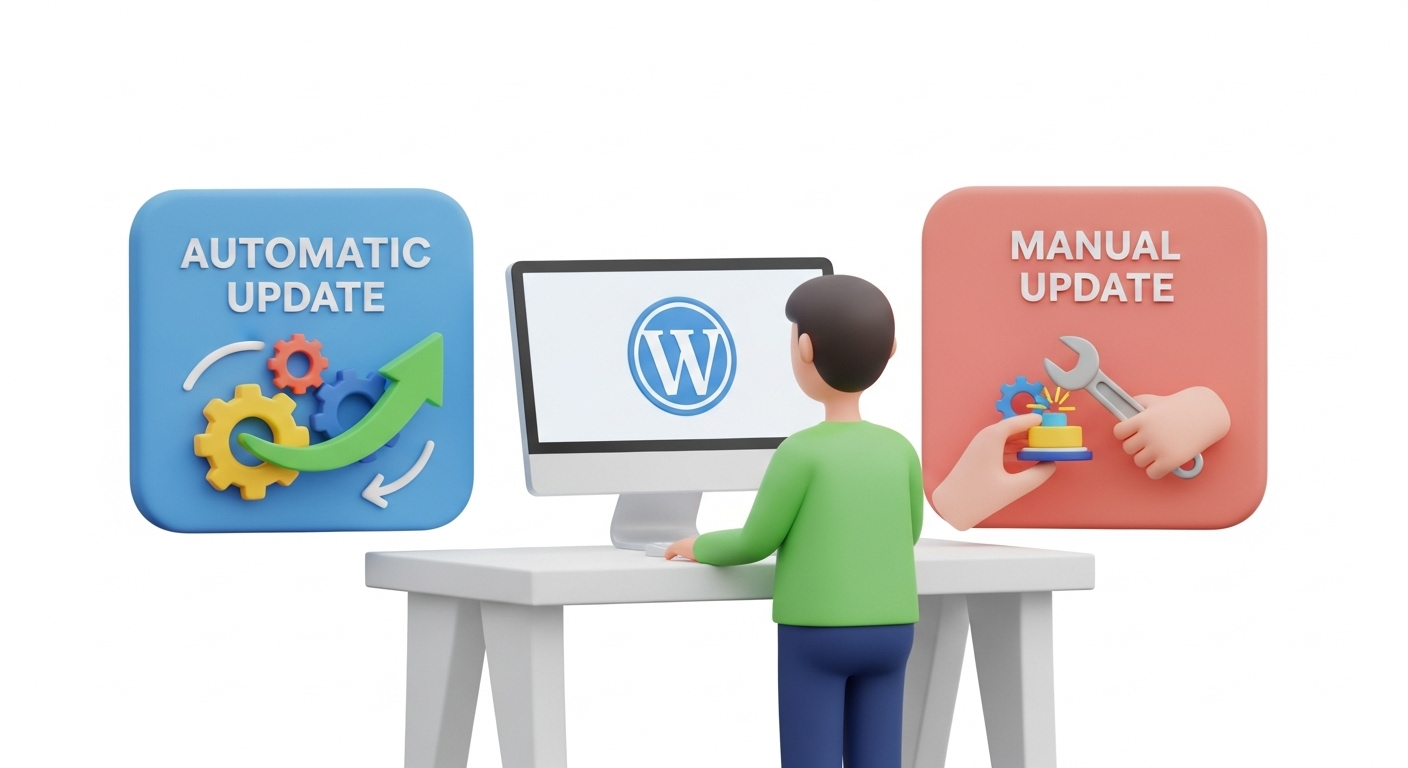As your online business grows, so do your platform needs.
While Shopify is a great starting point for many eCommerce businesses due to its ease of use and all-in-one hosting, some store owners begin to feel its limitations in flexibility, customization, and control — especially as they scale.
That’s where Magento (also known as Adobe Commerce) comes into the picture.
So, in 2025, is it worth switching from Shopify to Magento?
In this article, we’ll explore:
-
Key differences between Shopify and Magento
-
Pros and cons of each
-
When it makes sense to migrate Shopify to Magento
-
And how to make the switch without losing your store data using Cart2Cart, the trusted Shopify to Magento migration tool
Shopify vs Magento 2025: Quick Comparison
| Feature | Shopify | Magento (Adobe Commerce) |
|---|---|---|
| Type | SaaS (hosted) | Open-source / cloud |
| Best For | Small to mid-sized stores | Mid to large enterprises |
| Hosting | Included | Self-hosted or Adobe Cloud |
| Customization | Limited (without custom apps) | Full control over code |
| Performance | Fast, managed | Highly scalable |
| Developer Needs | Low | High (requires dev team) |
| SEO Control | Moderate | Advanced |
| Multistore | No (workarounds exist) | Yes (native) |
| Pricing | Subscription-based ($44–$449/month) | Free (Open Source) or custom (Adobe Commerce) |
Why Consider Migrating from Shopify to Magento?
If you're a growing eCommerce business or enterprise brand, you may be hitting Shopify’s limits. Here’s why many merchants move from Shopify to Magento:
1. Full Platform Ownership & Code Access
Magento gives you 100% control over your store:
-
Custom backend logic
-
Full codebase modification
-
No dependency on apps for custom functionality
In contrast, Shopify restricts many backend changes unless you're using Shopify Plus and custom apps.
2. Advanced Customization & Functionality
Magento allows:
-
Custom pricing rules
-
B2B functionality
-
Complex shipping logic
-
Multi-vendor features
You’re not bound to app limits or Shopify API constraints.
3. Native Multi-Store Management
Magento enables managing multiple storefronts (with different domains, catalogs, and currencies) from a single admin panel — a must-have for global brands.
Shopify doesn’t support true multistore functionality without multiple subscriptions.
4. Scalability for High-Volume Sales
Magento is ideal for:
-
Flash sales and heavy traffic spikes
-
Custom ERP, CRM, and PIM integrations
Shopify, while reliable, requires expensive workarounds for high-volume features (e.g., Shopify Plus).
5. Enterprise-Level Security & Compliance
Magento offers:
-
Role-based access
-
PCI-compliant environments
-
Custom hosting configurations
Perfect for businesses in regulated industries (finance, healthcare, etc.).
Reasons NOT to Switch to Magento
Magento is not for everyone. Before you migrate from Shopify to Magento, consider the following:
| Factor | Consideration |
|---|---|
| Developer Support | Magento requires a dev team or agency |
| Hosting Responsibility | You manage servers unless using Adobe Cloud |
| Cost | Magento Open Source is free, but dev work is not |
| Learning Curve | More complex UI than Shopify |
If you're a solo entrepreneur or small team without technical skills, Shopify may still be the better fit.
When It Makes Sense to Migrate Shopify to Magento
You should consider switching if:
-
You’ve outgrown Shopify’s features or app limitations
-
You need full control over performance, UX, and checkout logic
-
You’re launching a multi-store or multi-language setup
-
You’re looking for a B2B-ready platform
-
Your dev team is familiar with PHP (Magento’s language)
How to Migrate from Shopify to Magento Without Losing Data
To safely transfer your Shopify store to Magento, use a trusted automated migration tool like Cart2Cart. Our detailed Shopify to Magento migration checklist can guide you through the process.
With Cart2Cart Shopify to Magento migration, you can migrate:
✅ Products, categories, SKUs, variants
✅ Customers and order history
✅ SEO URLs and meta data
✅ Reviews, taxes, currencies
✅ CMS pages, blog posts (optional)
Cart2Cart offers free demo migration so you can test before fully committing.
Step-by-Step Shopify to Magento Migration (via Cart2Cart)
-
Create a Cart2Cart account
-
Select Shopify as the source and Magento as the target
-
Choose what to migrate
-
Run a free demo migration
-
Review results and launch the full migration
️ Your Shopify store remains active during migration. No downtime required.
Shopify to Magento Migration Costs
| Item | Estimated Cost |
|---|---|
| Cart2Cart Migration Tool | $69–$899 (based on store size) |
| Magento Hosting | $20–$500/month |
| Developer/Agency Support | $500–$5,000+ |
| Premium Theme (Magento) | $99–$250 |
| Extensions (optional) | $0–$500+ |
Magento Open Source is free, but development and customization require investment.
After the Migration: What’s Next?
Set Up Magento Admin
-
Customize email notifications
Choose a Theme
-
Use a ready-made Magento 2 theme or build your own
-
Ensure responsive, mobile-friendly design
Install Extensions
Magento Marketplace offers over 5,000 modules:
-
Layered navigation
-
Advanced search
-
B2B modules
Rebuild SEO
-
Set up 301 redirects from old Shopify URLs
-
Re-submit sitemap to Google
-
Install SEO modules like Mageplaza SEO or Amasty SEO Toolkit
Final Thoughts
Is switching from Shopify to Magento worth it in 2025?
| If You... | Then... |
|---|---|
| Run a large, high-volume store | ✅ Magento is ideal |
| Need deep customization | ✅ Go Magento |
| Want a simple, hosted solution | ❌ Stick with Shopify |
| Sell B2B or run multi-store brands | ✅ Magento is better suited |
| Have no dev team | ❌ Shopify is easier to manage |
For businesses ready to scale, Magento offers unmatched flexibility, power, and growth potential.
Ready to Make the Switch?
Don’t risk your data or SEO when migrating from Shopify to Magento. Use Cart2Cart to transfer your store safely and automatically.
Start Free Shopify to Magento Demo Migration
No coding. No data loss. No stress.
Monthly Update – November 2025
As November 2025 unfolds, the eCommerce landscape continues its rapid evolution, particularly for platforms like Magento which empower extensive customization. A significant trend to monitor this month is the integration of headless commerce architectures. For Magento users, decoupling the frontend from the backend offers unparalleled flexibility for creating unique customer experiences across various devices and channels. This approach, while requiring initial development investment, can drastically improve site performance, scalability, and the ability to rapidly deploy new features without impacting the core backend. Consider exploring progressive web apps (PWAs) as a frontend solution for your Magento store to deliver an app-like experience on the web, boosting engagement and conversions. Additionally, with the holiday season fast approaching, focus on optimizing your checkout flow and ensuring all third-party integrations (payment gateways, shipping carriers) are running smoothly. Regular performance audits and security checks are paramount to handle increased traffic and maintain customer trust during peak sales periods. Leveraging Magento's robust capabilities for a headless setup can future-proof your store and provide a distinct competitive advantage.
For more details, explore our FAQ section or schedule a call with a migration expert.






